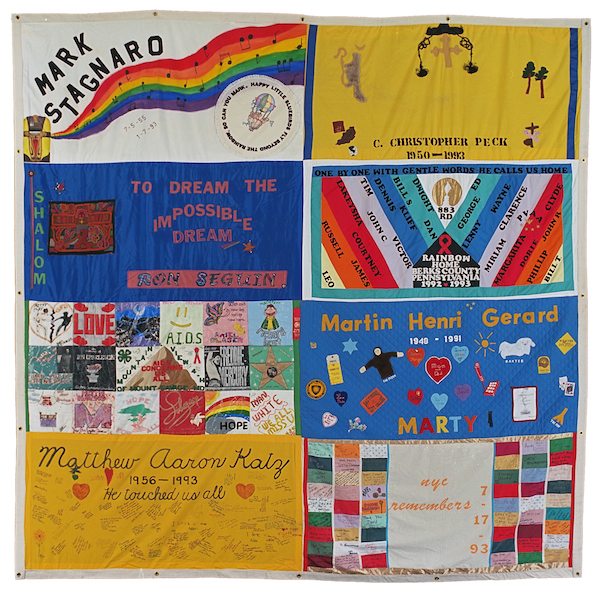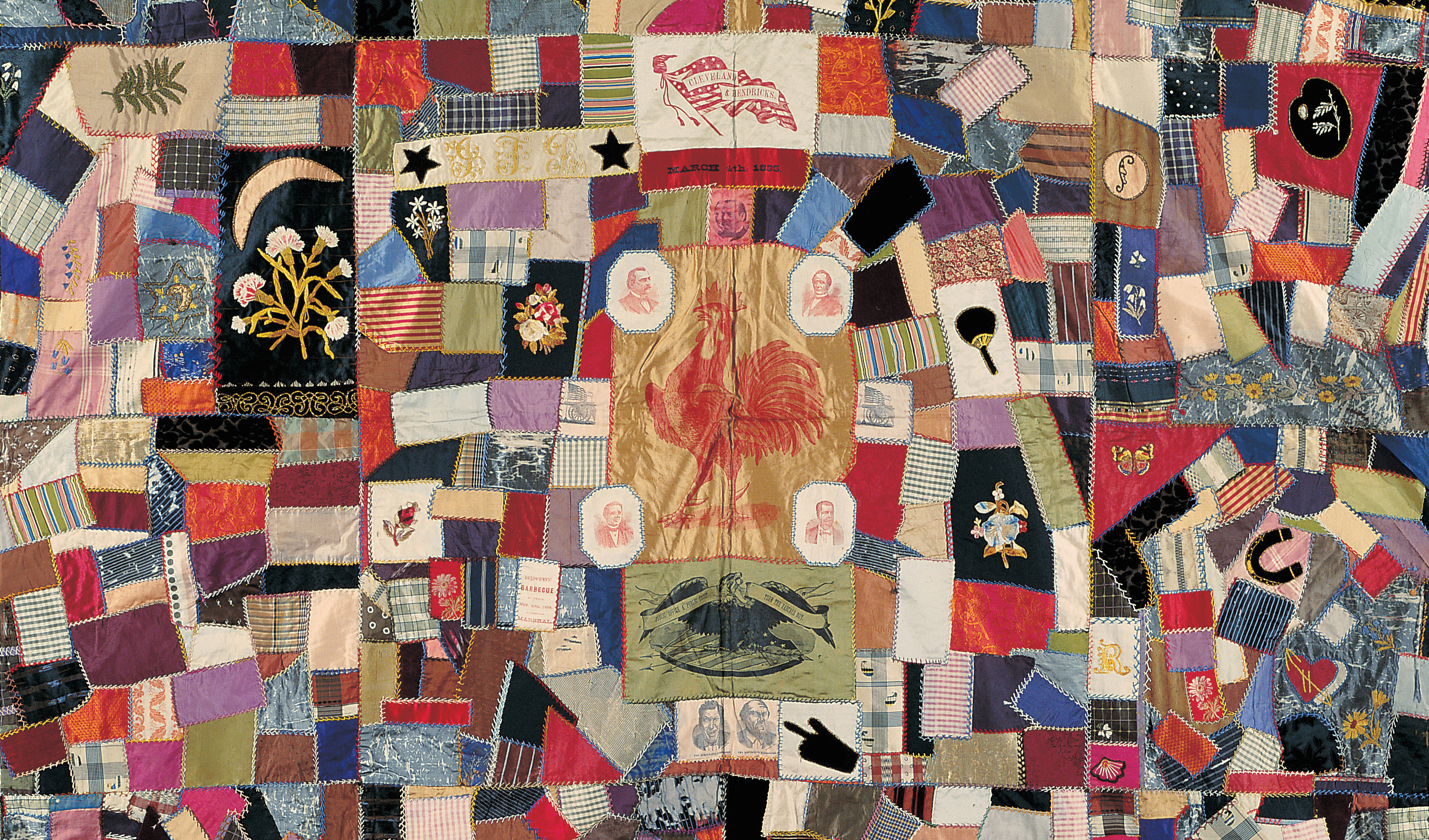The Toledo Museum of Art is hosting a unique collection of quilts, both historic and contemporary, for an exhibit it’s calling “Radical Tradition: American Quilts and Social Change.” While quilts have always held a prominent place in American iconography, often associated in our minds with log cabins, westward expansion, and rugged individualism, the Toledo exhibit instead is looking at how quilts have been used to further various social movements including “military action and protest, civil rights, gender equality, queer aesthetics, and relationships with land and the environment.”

The show follows the trajectory of American history including quilts from the Abolitionist movement, Prohibition, the Vietnam War protest movement, and squares from the AIDS Quilt displayed on the National Mall. “Radical Tradition” also highlights the craft of quilting with the turn of the twentieth century quilts of the African-American quilters of the remote Gees Bend, Alabama community. The quilts of contemporary artists like Judy Chicago and Faith Ringgold are also part of the exhibit.
Since the history of quilt-making is one of collaboration, community building, and intergenerational participation, accompanying the exhibit is a COVID-19 Virtual Quilting Bee. For this online collaborative art project, over 100 individual quilt square photos were submitted from across the United States and digitally “stitched” together into virtual quilts which can be viewed from the exhibit website. While some squares follow traditional quilt patterns and others are abstract, all reflect the experiences and feelings of the artists during the global pandemic. No prior experience quilting was necessary and those who participated came from all walks of life; adults, students, DIYers, and studio artists.
To see the individual quilt squares and completed quilts of the COVID-19 Virtual Quilting Bee, click here.
For information on the Toledo Museum of Art’s exhibit Radical Tradition: American Quilts and Social Change where you can scroll through the quilts on display, click here.
The history of the unique quilts of the Gees Bend community and ways to support the African American quilters carrying on that tradition, is available at this website.
If you want to learn more about contemporary Black artists, check out my review of Kimberly Drew’s Book This is What I Know About Art.































